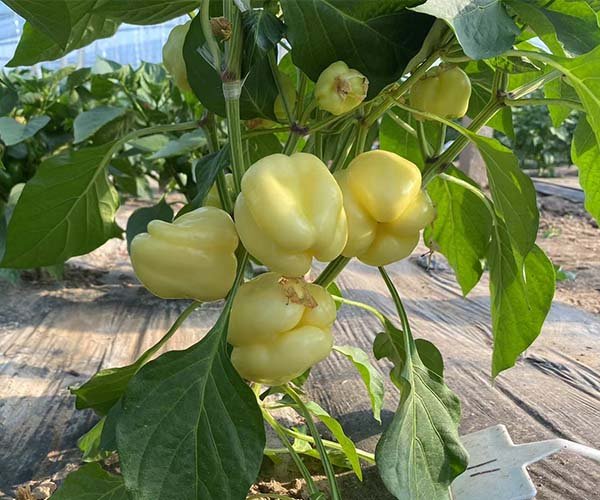There are two main ways for crops to absorb nutrients: one is root absorption and the other is leaf absorption.
Root absorption is to apply nutrient fertilizers into the soil, contact the roots, absorb and utilize them by capillary roots or root tips, and transmit them to the roots, stems, leaves, flowers, and fruits of crops.
Foliar absorption is to obtain nutrients through leaves, which can allow nutrients to enter the body directly from the leaves and participate in the metabolism of crops and the synthesis of organic matter. The two complement each other and are indispensable!
1. Foliar fertilizer is recommended in the following situations
1. The root system is aging and the absorption capacity is weak.
In the late growth period of annual crops, the root system vitality declines and the ability to absorb fertilizer decreases. If you want to apply fertilizer to crops, the root application method cannot meet the needs of crops. At this time, it is appropriate to use foliar spraying fertilizer.
In the late growth period of cotton, the root system gradually ages and the ability to absorb nutrients is weakened. At this time, the middle and upper cotton bolls are still in the filling stage and still need a certain supply of nutrients. Scientific foliar fertilizer spraying is beneficial to cotton’s absorption and utilization of fertilizers, which can supplement nutrition, prevent premature aging, inhibit diseases, and achieve the purpose of increasing production and income.
2. When crops are deficient, apply foliar fertilizer.
During the growth of crops, when they have shown certain nutrient deficiency symptoms. if use soil fertilization, it will take a certain period of time for the nutrients to be absorbed by the crops. And the nutrient deficiency symptoms of the crops cannot be alleviated in time.
With foliar fertilizatio, the advantages of fast absorption of foliar fertilizer can be fully utilized, so that nutrients can quickly enter the plant body through the leaves to solve the problem of nutrient deficiency.
For example, when vegetables lack certain trace elements and the plants are short and the leaves turn yellow and lose green, at this time, foliar fertilizer can supply these trace elements. The nutrient deficiency symptoms can be alleviated in time, which is better than soil topdressing fertilizer and has a high utilization rate.
3. When crop growth is affected by an adverse environment.
When the soil environment is not conducive to crop growth. Such as excessive water or drought, overly acidic or alkaline soil, the root system of crops will be blocked from absorbing nutrients, and crops need to quickly resume growth. At this time, foliar spraying can quickly supply nutrition and meet the needs of crop growth and development.
For example, in the middle and late stages of peanut growth, it is the critical period for forming yields. But this is often the rainy season. For low-lying and poorly drained plots, once heavy rains occur, in addition to timely drainage and loosening of the soil, we should use foliar fertilizers in time, which is conducive to the recovery of seedlings and avoids the loss of fertilizer after drainage and the impact on yield.
4. Quickly supplement trace elements.
Certain fertilizers such as phosphorus, iron, manganese, copper, and zinc fertilizers are easily fixed by soil colloid adsorption if applied to the roots, reducing the effect of use. Foliar spraying will not be limited by soil conditions, and has the advantages of less fertilizer, quick results, high utilization rate, safety, and no pollution.
5. When soil fertilization is difficult to operate.
For crops covered with mulch and plots without drip irrigation tape, it is difficult to use soil topdressing when the amount of base fertilizer is insufficient. At this time, foliar spraying can supply the nutrient needs.
Some deep-rooted crops absorb less nutrients. If traditional fertilization methods are used, it is difficult to apply them to the root absorption site, and the fertilizer effect cannot be fully exerted. Foliar spraying can achieve better results.
Foliar fertilization can allow crops to absorb and utilize better. Which not only saves the amount of fertilizer, but also reduces the pollution of soil and water sources. It is an effective fertilization technology that kills two birds with one stone.
2. Foliar fertilizers are prohibited during these periods
- Flowering period; flowers are delicate and susceptible to fertilizer damage
- High temperature and strong light period during the day, prone to fertilizer damage.
- It is not easy to take new roots and slow down the seedlings when the seedlings have not yet grown.


